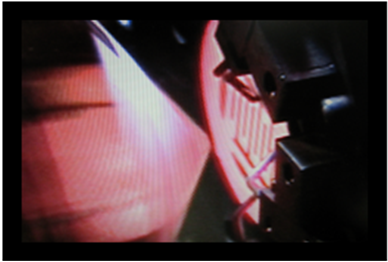学术报告——常压光电子能谱成像及其在能源研究领域的应用
Ambient Pressure Photoelectron Spectromicroscopy at Advanced Light Source and Applications in Energy Related Research
Zhi Liu
Advanced Light Source, Lawrence Berkeley National Laboratory, Berkeley
时间:6月27日星期一上午10:00
地点:同步辐射12号厅会议室
The newly designed ambient pressure x-ray photoelectron spectroscopy (AP-XPS) endstations at ALS based on differentially pumped electron energy analyzers have been recognized by scientific communities beyond the ALS as an important in-situ tool to study water, environmental science, catalysis and many other fields. There is perhaps no better evidence than the fact that eight new AP-XPS endstations are currently under planning or development at US and international synchrotron light sources.
I will give an overview of science projects at BL9.3.2 in heterogeneous catalysis and electrochemical(fuel) cell (figure 1). I will also present results from the newest AP-XPS station that we are commissioning. This new instrument, Scienta HiPP4000, is a result of collaboration between ALS and its industrial partner VG-Scienta. Beside an improved performance of electron transmission, this instrument can beoperated in spectromicroscopy mode with a spatial resolution of ~20 μm in one dimension, or angle-resolved mode with 0.5° resolution and a window of ± 12° (Figure 2). When it is operated in maximum transmission mode, the electron detection efficiency is more than fifty times better than the previous endstation at beamline 9.3.2. Spectra have been recorded above 1 Torr and the pumping system has been tested to 6 Torr.

Figure 1. Using AP-XPS, we can investigate in-situ the solid oxide fuel cell in its operational condition (700C, 1torr of H2+H2O) and gain a microscopic and chemically-specific understanding of electrochemical interfaces, especially the electrode-electrolyte-gas three phase boundary.
